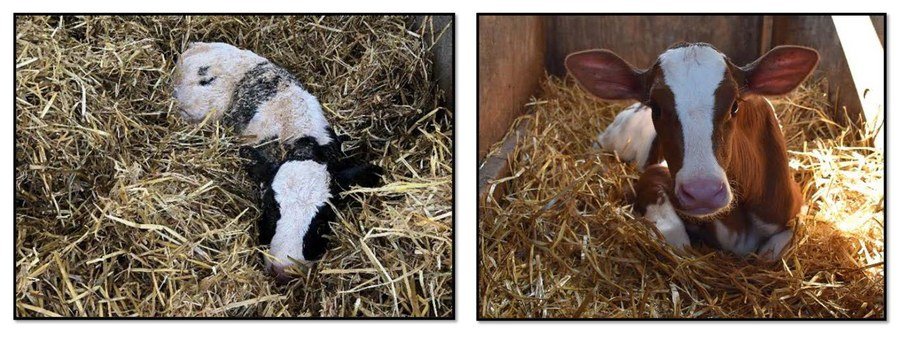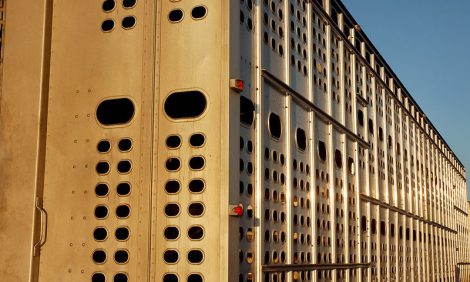



Winter Ventilation of Calf Housing
Proper ventilation lends itself to healthier calves.
Dairy farmers often see an increase in respiratory illnesses in calves during winter months. Understanding the physical needs of calves goes a long way in determining how to properly care for them, especially in cold weather.
One of the most important issues directly associated with the health of calves is proper ventilation. Ensuring that calf barns and hutches are not completely closed and that calves are housed in a draft-free environment are two key elements to proper ventilation.
After one month of age, dairy calves are most comfortable between 50oF to 80oF. As temperatures fall below 50oF calves can experience cold stress and must begin to use energy to maintain an optimal body temperature. When this happens, calves are putting energy into simply maintaining a core body temperature instead of using energy for growth.
It is especially important during these colder conditions that calves are housed in an environment where there are no drafts or direct winds reaching them.
Many calves tend to be housed in naturally ventilated shelters such as individual calf hutches, open-front, and curtain sided calf buildings. When the weather turns cold, caretakers will close curtains and hutch vents to try to create a warm environment for those calves, but doing so can drastically decrease the air quality within those shelters.
According to Cobb et. al, (2016), indoor environments that do not have appropriate ventilation or drainage can have greater humidity, airborne noxious gases and dust, and bacterial growth in moist bedding. When there is more than a five-degree temperature difference inside a calf shelter from the outside temperature, this is indicative of a ventilation problem. Although a calf's environment needs to remain draft-free, there must be a way for fresh air to circulate. Fresh airflow through pens removes stale air, harmful ammonia odors, and helps to control humidity levels in the calf’s environment.
In an article focusing on ventilating calf barns in winter months, it was stated that naturally ventilated calf barns present a different set of problems that include draft-free pens that prevent ventilation of the pen itself, resulting in highly polluted microenvironments within well-ventilated barns. However, positive-pressure ventilation systems to supplement natural or negative-pressure ventilation systems seem to be effective in overcoming these problems (Nordlund, 2008). To improve ventilation, individual calf hutches should be oriented to promote steady air movement but not allow drafts. More permanent buildings should control airflow with curtains, removable panels, pressure tube ventilation, or fans.

Because the young calf lacks the ability to produce large amounts of body heat, we must also look at other ways to keep that calf warm in the winter months. Calf jackets can provide additional protection for calves housed both indoors and outdoors. However, jackets must be managed properly to maximize their benefits to the calf. This includes removing jackets during unusually high temperatures, increasing strap length as the calf grows, and ensuring calves are still housed on dry bedding.
Calf bedding is a critical part of helping calves maintain body heat and stay comfortable in the harsh winter months. Providing calves with enough clean, dry bedding to allow that animal to nestle into will help insulate that calf and keep it comfortable in cold weather. The potential for the calf to nest deeply seems to reduce the risk for chilling and allows for colder and better-ventilated spaces (Nordlund, 2008). Keep in mind that fresh, dry air is key to a calf’s overall health.

As the seasonal temperatures fluctuate, ventilation needs may vary daily. Barns may need to be closed tighter due to wind and temperature changes overnight, but as temperatures climb during the day, ventilation requirements need to be increased. Such factors should be taken into consideration especially when installing panels or materials that are not easily removed when temperatures reach unseasonal highs. Fans and positive pressure ventilation systems are an easier way to maintain proper ventilation.


